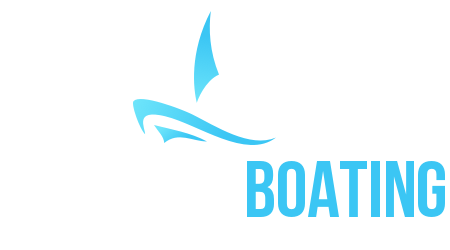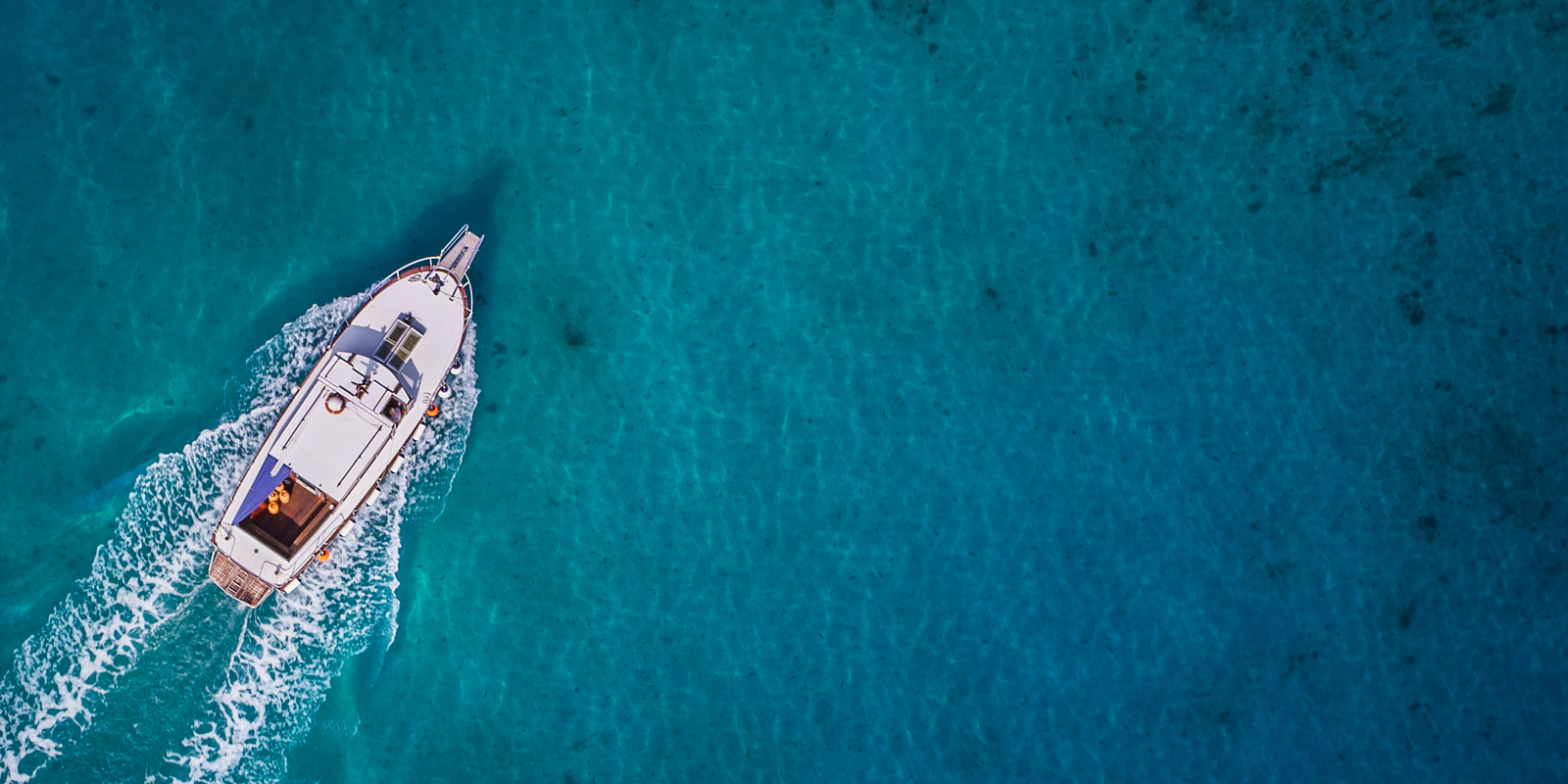A WORLD APART, NOT A WORLD AWAY
As an island state, Tasmania lends itself perfectly to boating. In addition to the amazingly diversified coastline, there are myriad freshwater lakes and lagoons which are also ideal for on-water adventures.
Tasmania can essentially be divided into four parts – the relatively sheltered east coast, stretching from Cape Portland in the northeast to the Huon River in the southeast, the rugged and ferocious west coast, the sublime north coast from Cape Grim across to Cape Portland, and the central highland lakes.


